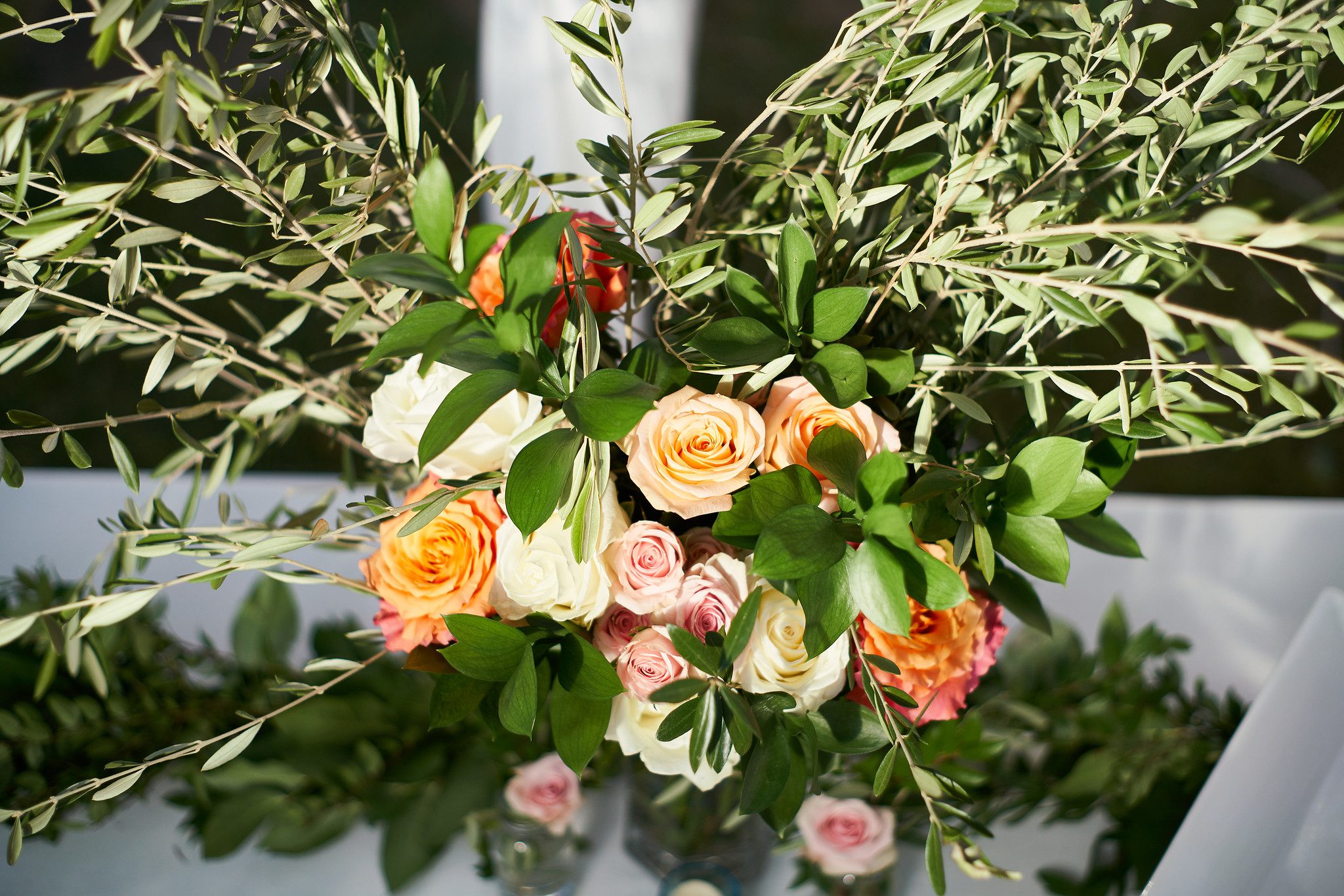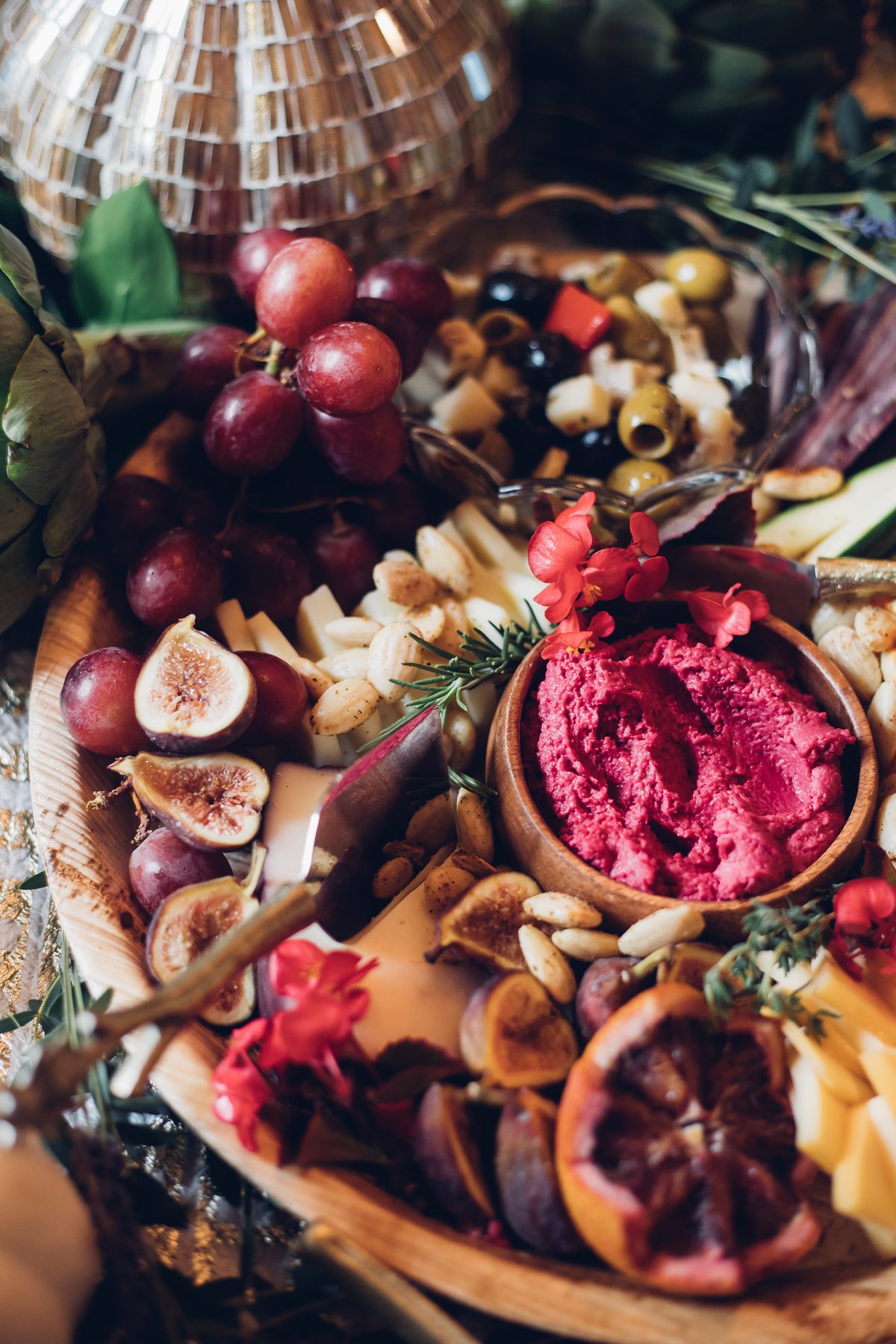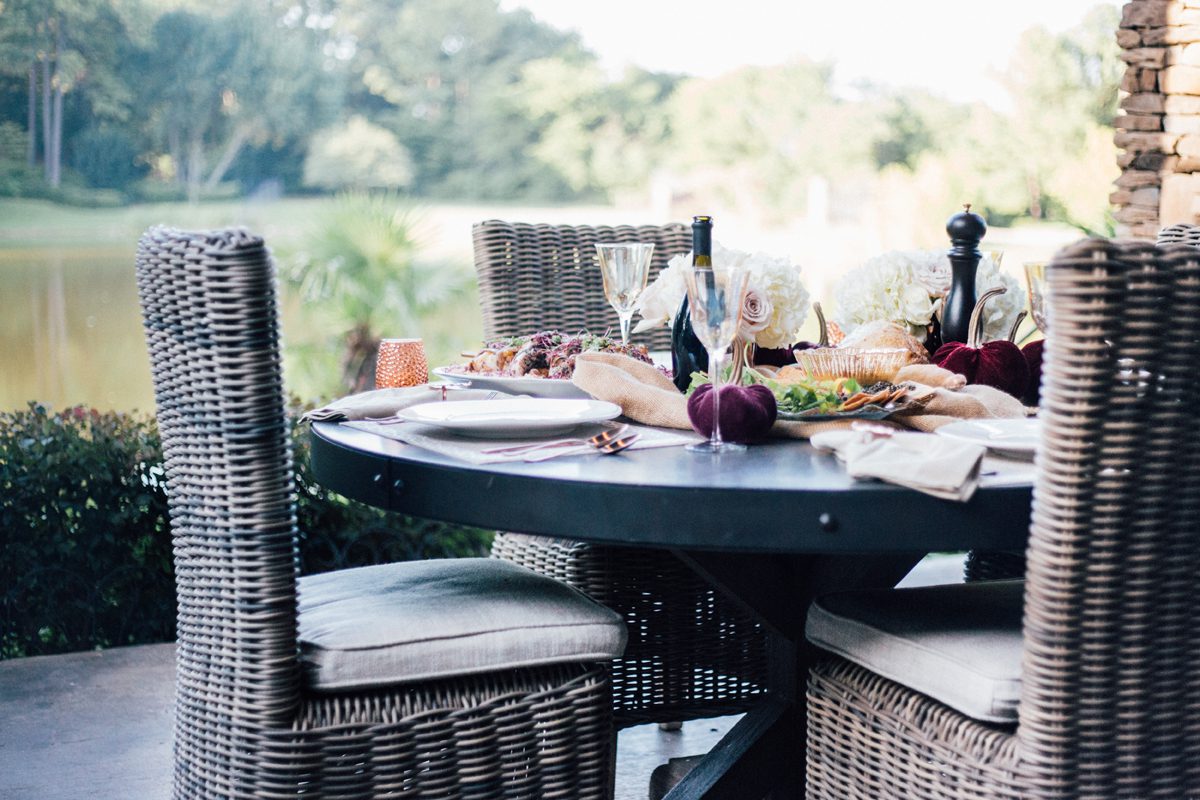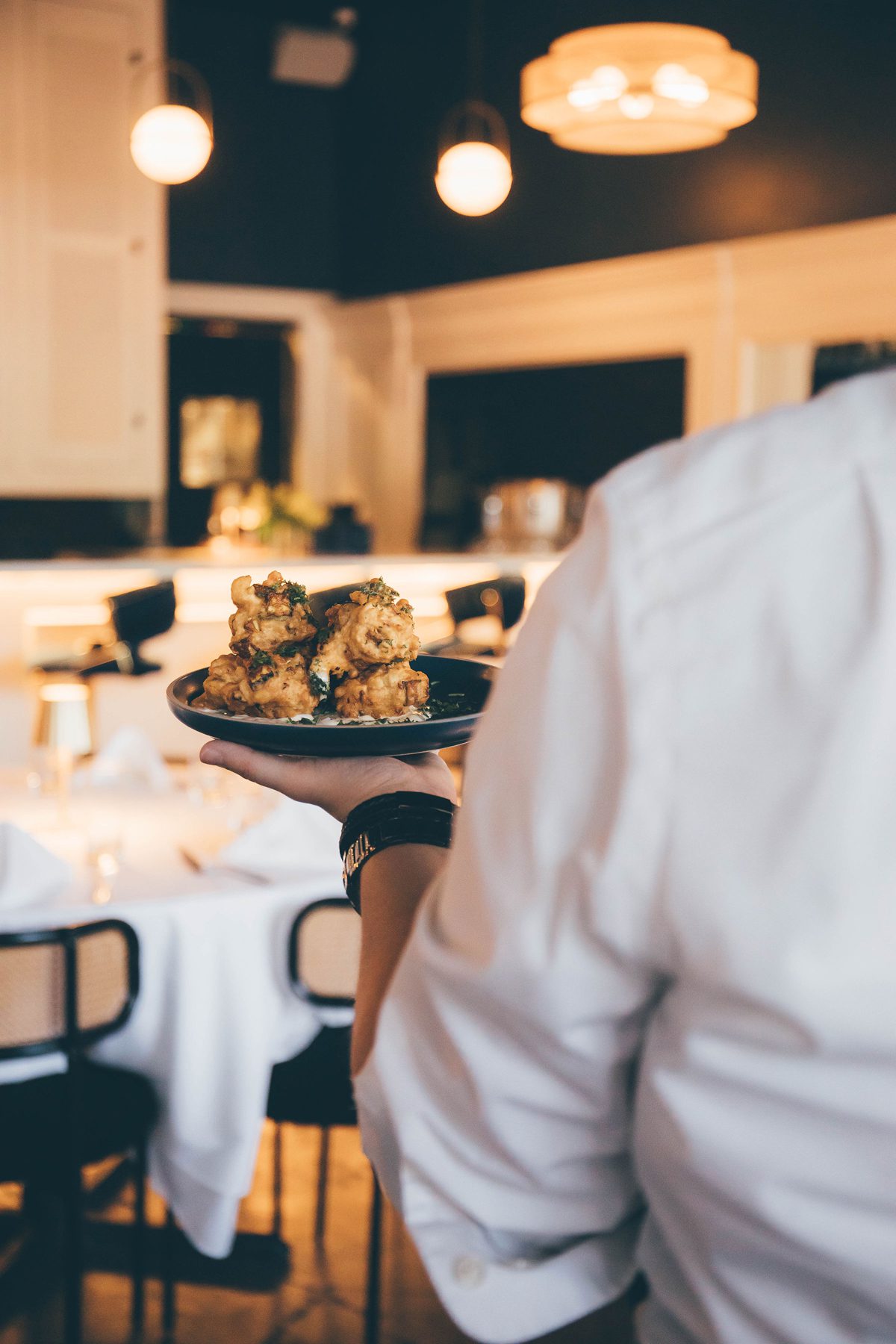Since we’re nearing the end of Louisiana’s six months of summer, I decided to enlighten those of you who are skeptical of rosé. Rosé, meaning “pink” in French, became famous in Provence where it was first created and greatest produced. Allow me to debunk the most common misconception surrounding this glorious wine: rosé is not made by mixing white wine with red wine. Just, no. All grapes produce clear juice when pressed. The color is achieved by allowing grape skins to soak in their juice, a process called maceration. Red wines can soak anywhere from weeks to months while rosé will soak between a few hours to a few days. I’ve chosen three rosés that will cover just about everyone – we’ve got the crowd-pleaser, the newbie, and the know-it-all.


Milbrandt Rosé–Columbia Valley, Washington $14
75 % Syrah 25% Tempranillo
Opening the bottle, I immediately smell watermelon and grapefruit. Milbrandt pours like a fresh peach, soft and fragrant. The first taste is crisp, clean, and thirst-quenching. A few friends come over and try it out (most being die-hard red wine drinkers). Everyone is shocked to find this “pink wine” so alluring. We paired the rosé with a cheese plate and decided that Rosemary Manchego and Comté were the favorites.


Ferry Lacombe Mira Rosé– Mediterranean PGI, France $17
80% Grenache 20% Grenache Blanc
Ferry Lacombe Mira Rosé has been my go-to wine for the past few months. This wine pairs well with everything – grilled fish, chicken, pork and summer salads. The nose is citrusy and crisp and while those flavors come through, there are notes of red berries and a delicate minerality. Simply said, it’s an easy wine. As my neighbor puts it, “No beer can cool me down after cutting the grass like this (Ferry Lacombe) Rosé can”. To all the fellas out there, my neighbor is a guy – so maybe rosé is for you!


Marchesi Incisa Futurosa Rosé– Piedmonte, Italy $15
50% Barbera 50% Merlot
Futurosa is built for those who want to breakdown and dissect the characteristics of wine, more so than getting a buzz. These grapes are an unusual blend but create a bright yet smooth rosé. The nose is bursting with strawberries, almost matching the color. Out of the three wines, this is the darkest in color. Darker rosés tend to be fuller-bodied, not sweet, but fruity with more diverse flavors. I highly suggest pairing this beauty with your pasta of choice.
If you’re stuck in the store and don’t know where to start, look for rosé from Provence. Rosé is meant to drink while it’s young. Newer vintages represent the brightest and freshest wine. Don’t let the color fool you, drink pink! Cheers!
Written by: Jordan Stepp







